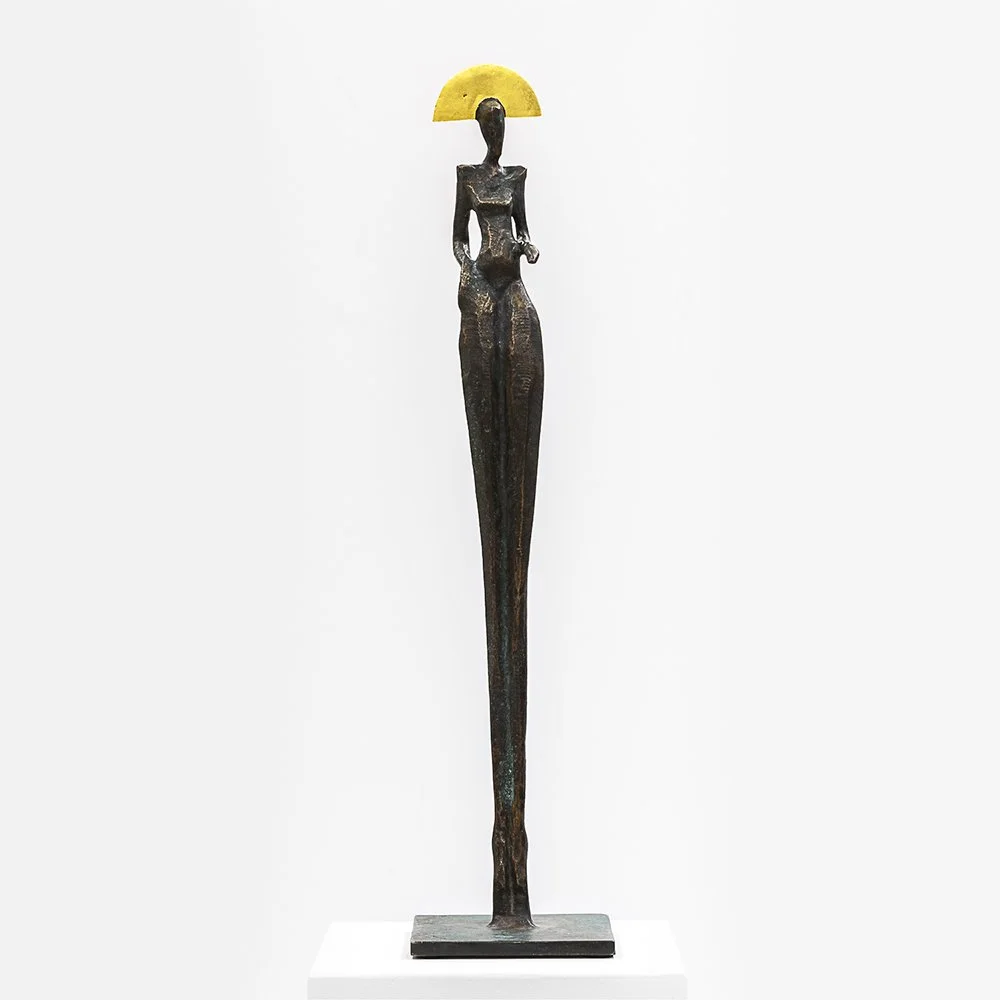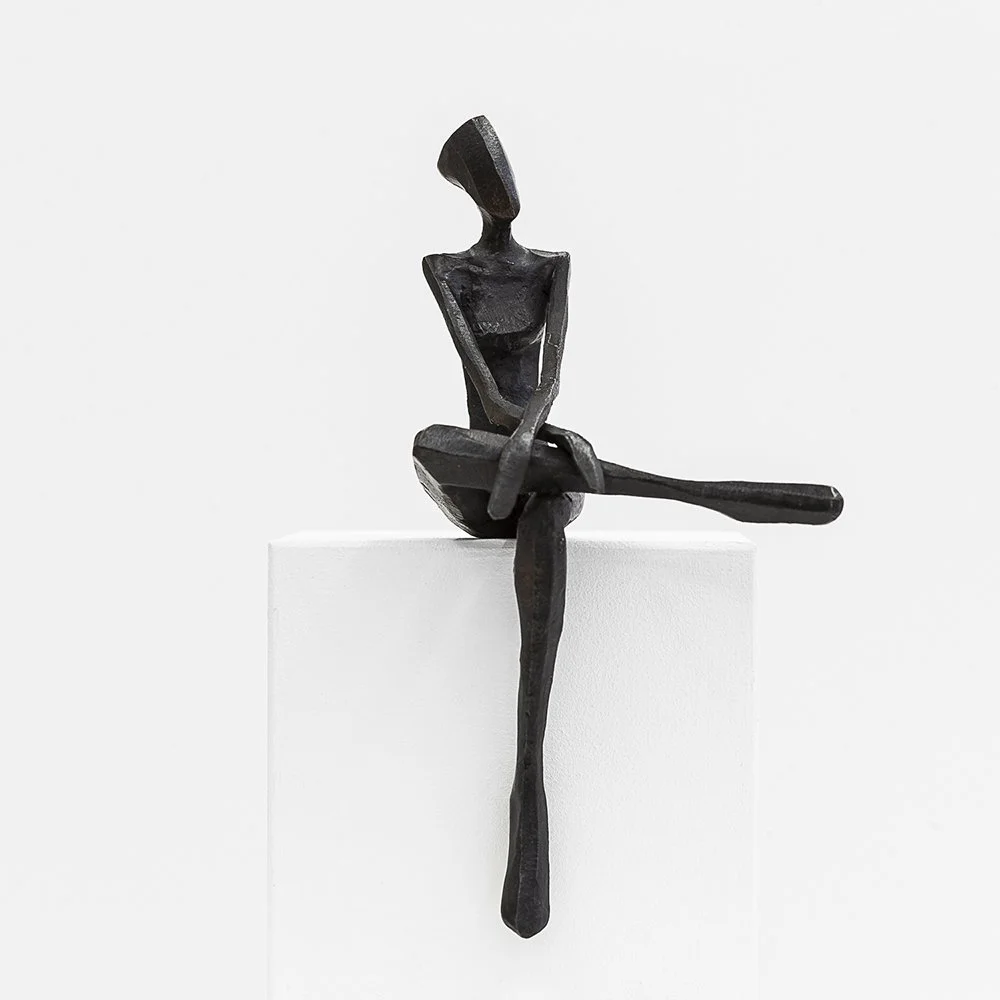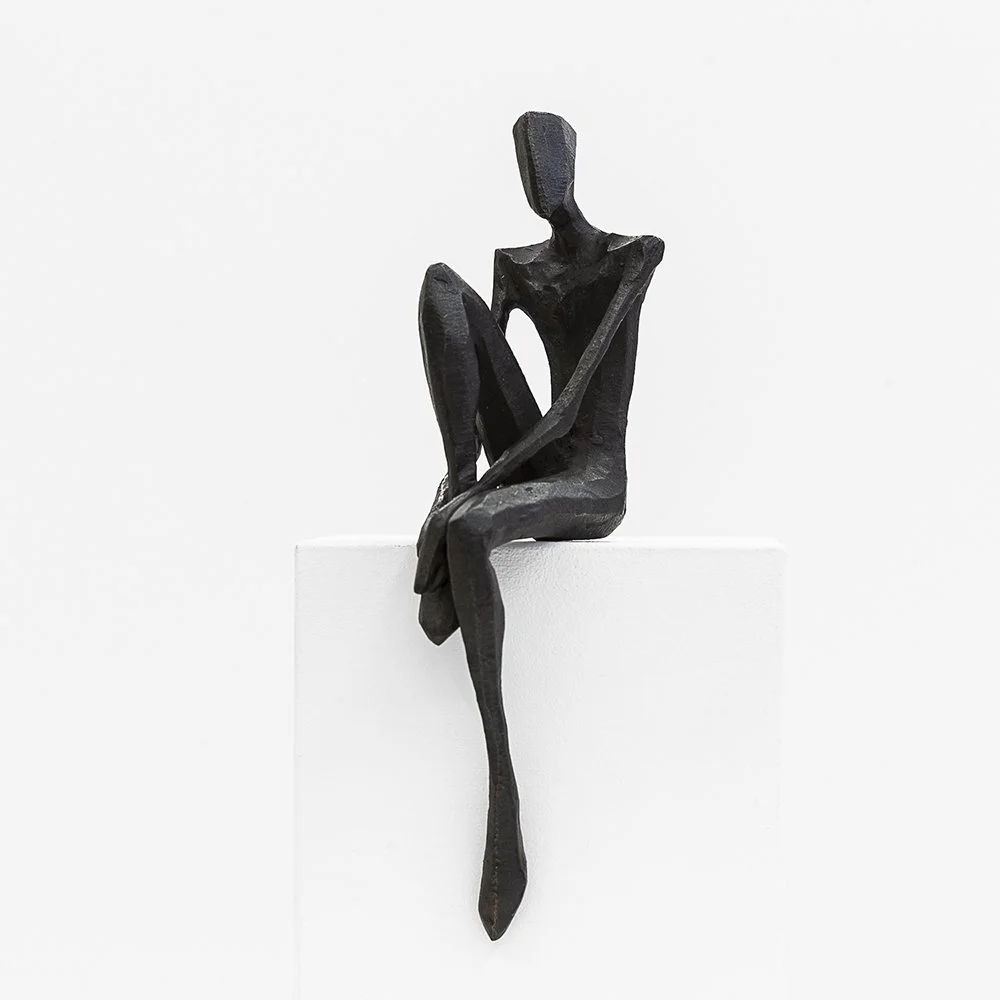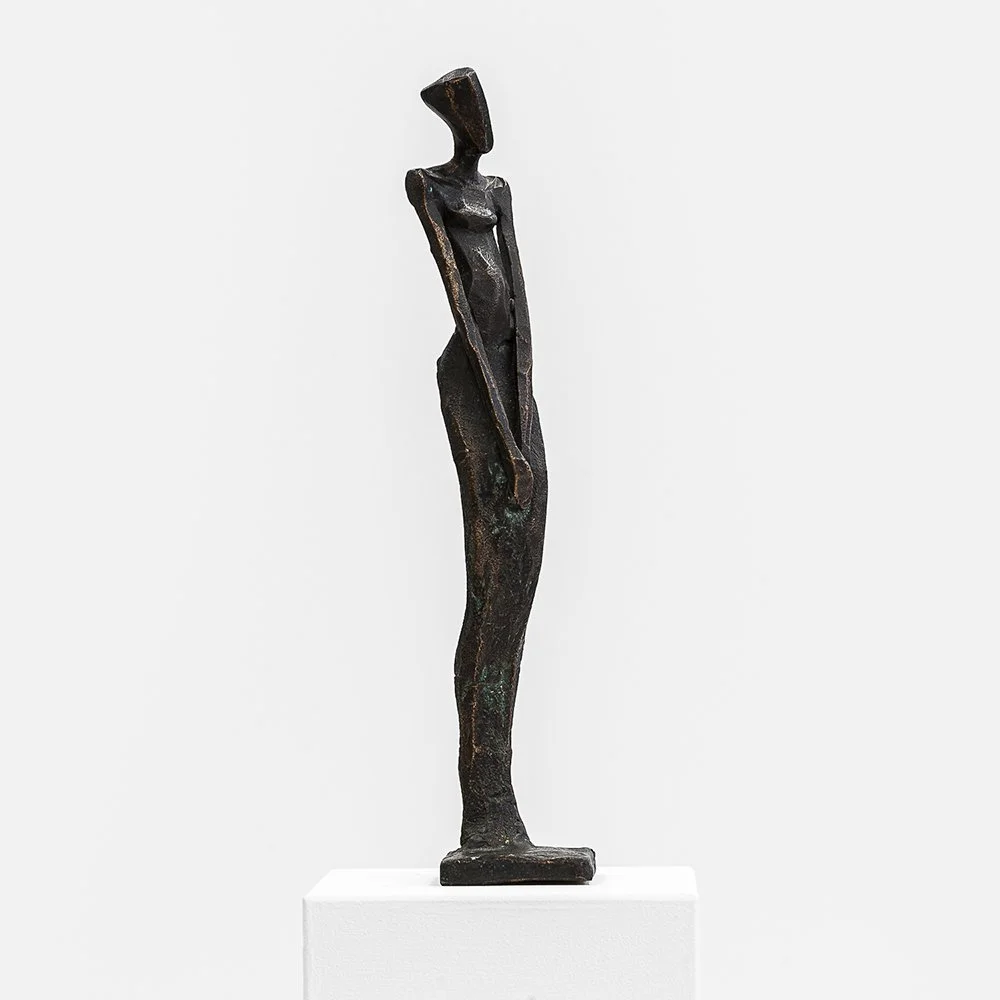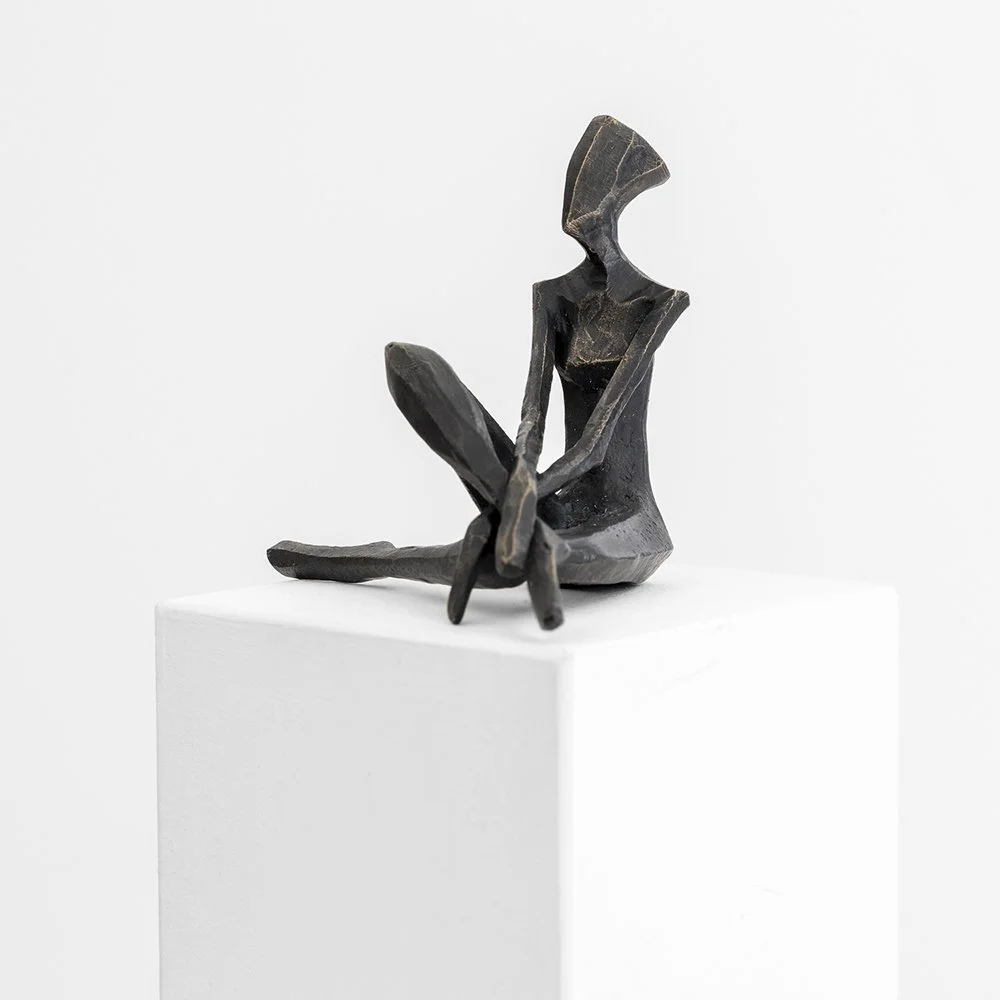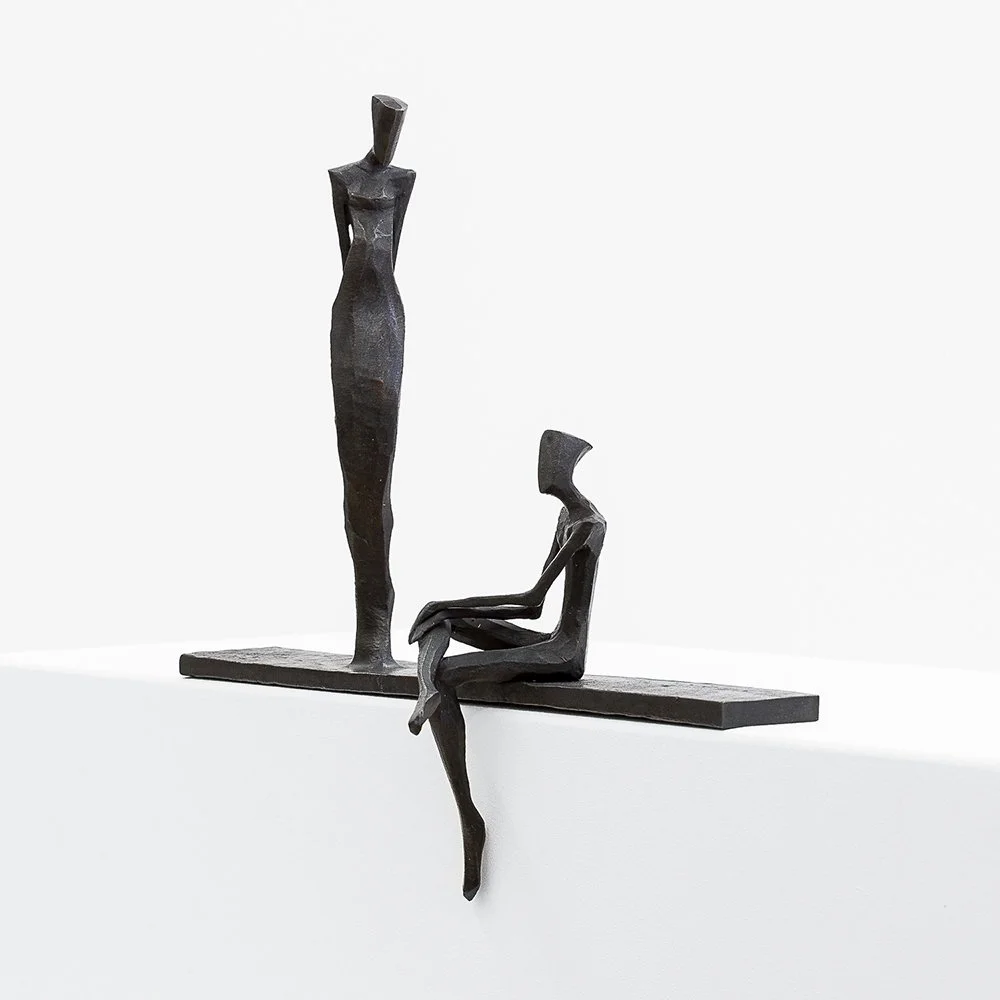Sculptor - Figurative Bronze Sculpture - Nathalie
Kallweit is a contemporary sculptor known for his innovative approach to form and material.
His work often reflects a deep appreciation for the interplay between nature and human creativity.
Leading to sculptures that are both striking and thought-provoking. While detailed biographical information may be limited, Kallweit has gained recognition in the art world for his unique style and technique.
His artistic journey involves a blend of traditional sculpture practices and modern aesthetics, making his pieces relevant in today's artistic landscape.
Sculptures typically incorporate a variety of materials, including stone, metal, and wood.
He is particularly noted for his ability to manipulate these materials into fluid, organic shapes that convey movement and emotion.
His works often evoke a sense of serenity and connection to the natural environment, inviting viewers to engage with the art on a deeper level.
Some of Kallweit's notable pieces include large-scale outdoor installations that interact with their surroundings.
These works often challenge perceptions of space and form, encouraging audiences to walk around and explore them from different angles.
His sculptures can be found in public parks and galleries, enhancing open spaces with their presence.
Kallweit has participated in numerous exhibitions, both locally and internationally, which have helped solidify his reputation as a prominent figure in contemporary sculpture.
Through his art, he aims to foster a dialogue about the relationship between humanity and nature, urging viewers to reflect on their own connections to the world around them.
In summary, he stands out as an influential sculptor whose work transcends mere aesthetics. With a focus on natural forms and a commitment to exploring complex themes, he continues to inspire and provoke thought within the art community.
His sculptures not only beautify spaces but also serve as a reminder of our intrinsic link to the environment.
Actually, it is always the reflections of people in the most diverse relationships.
This is the most exciting topic because it reaches and moves everyone.
The human being is always the focus of his work, whereby Kallweit develops basic types that vary in many ways.
Kallweit's tool is almost exclusively the chainsaw. With her he creates the very small and up to 10 meter high sculptures - with enormous effort and extreme concentration.
The surface, which openly displays the traces of the chainsaw, but which creates a very realistic impression of the figures through their posture and contours, is often rough and angular and yet soft in the contours.
But the chainsaw also keeps him from getting lost in the details, when the suggestion of movement and form constitutes the sensual violence of art.
One of the special features of his artistic thought and work process is that he allows the natural movements of the wood to flow into the design process and the associated changes in shape become an integral part of the work of art.
The area of installation developed from the work on the subject of people and the diversification of the subject.
The sculptures were placed in an extended context using the space with other materials, which remains an interesting intermediate area in the respective exhibition concept.
The artist uses various materials to create expansive objects in suitable locations, which can be understood as temporary installations.
His main concern is to draw attention to the subject of people. This has enabled him to make a strong impression and to reach a very broad public with his installations.
Nando Kallweit wants to appeal to the feeling through the attraction of a captivating external form - in the sense of poetry - and thus achieve that the viewer opens himself up to the confrontation with the respective content.
His latest field of work are large-format reliefs, created from the idea of showing people in everyday situations in a different way than photos do.
The merging of two- and three-dimensionality and a dialogical interplay of light and shadow, distance and closeness make his wood and bronze works dynamic and space-defining.
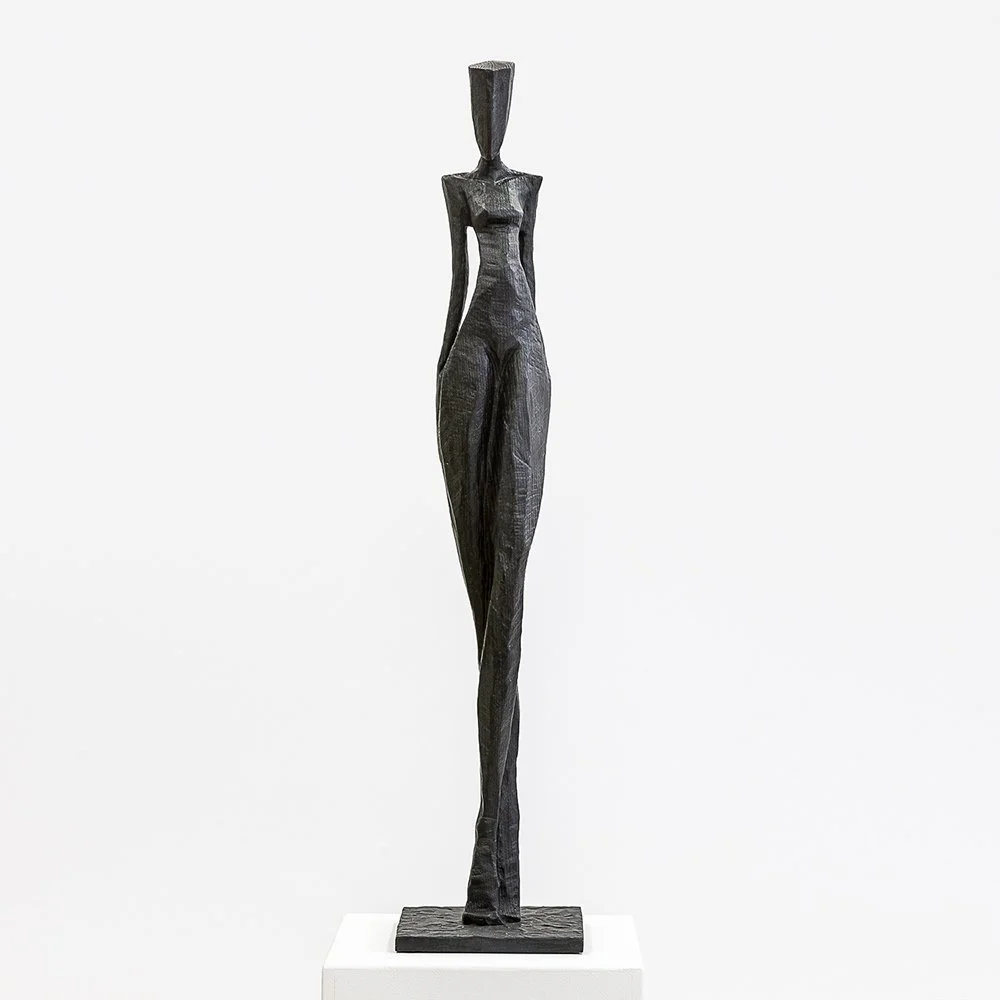 Image 1 of 13
Image 1 of 13

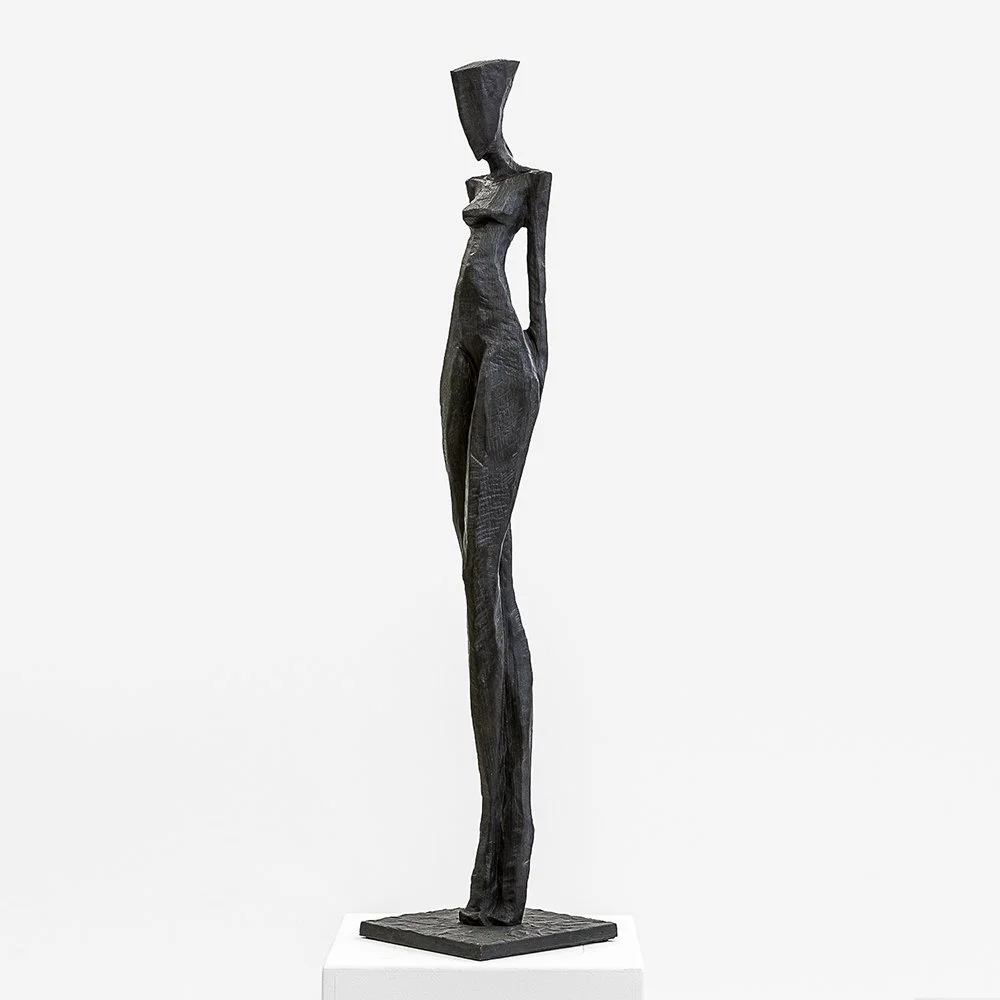 Image 2 of 13
Image 2 of 13

 Image 3 of 13
Image 3 of 13

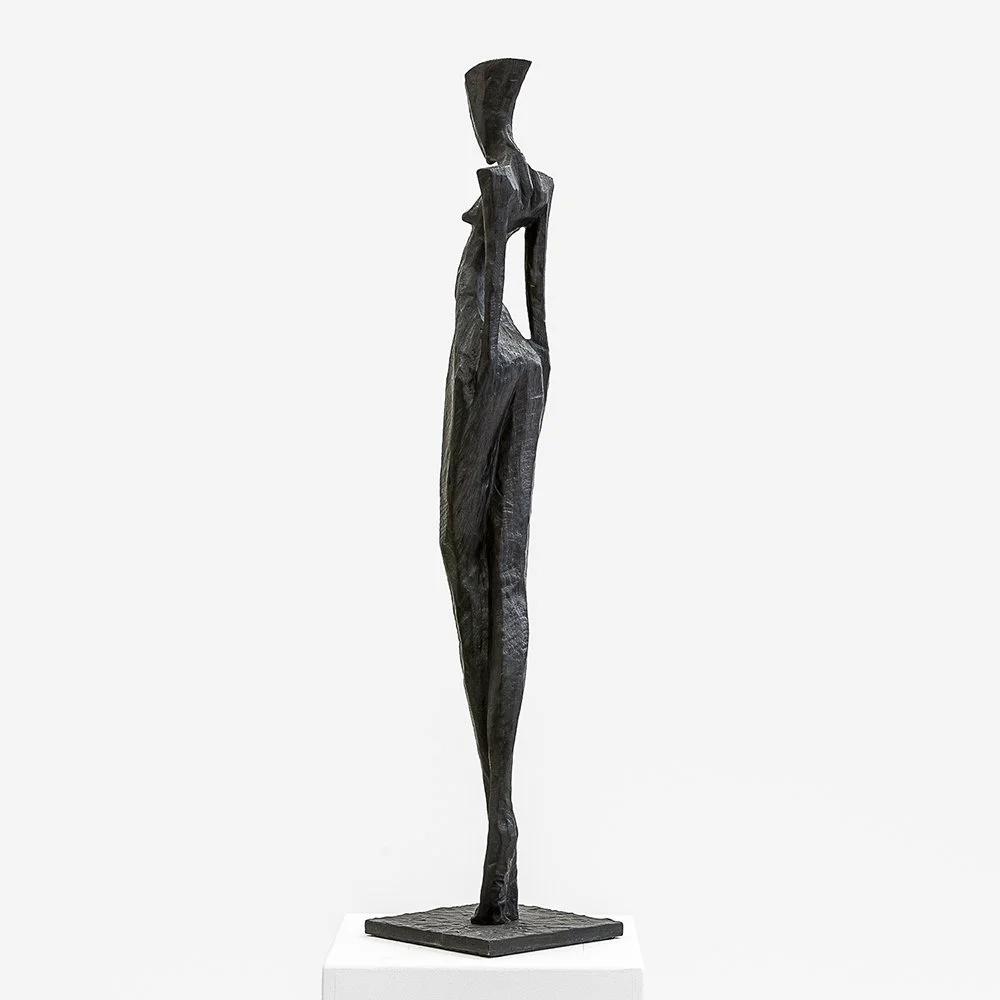 Image 4 of 13
Image 4 of 13

 Image 5 of 13
Image 5 of 13

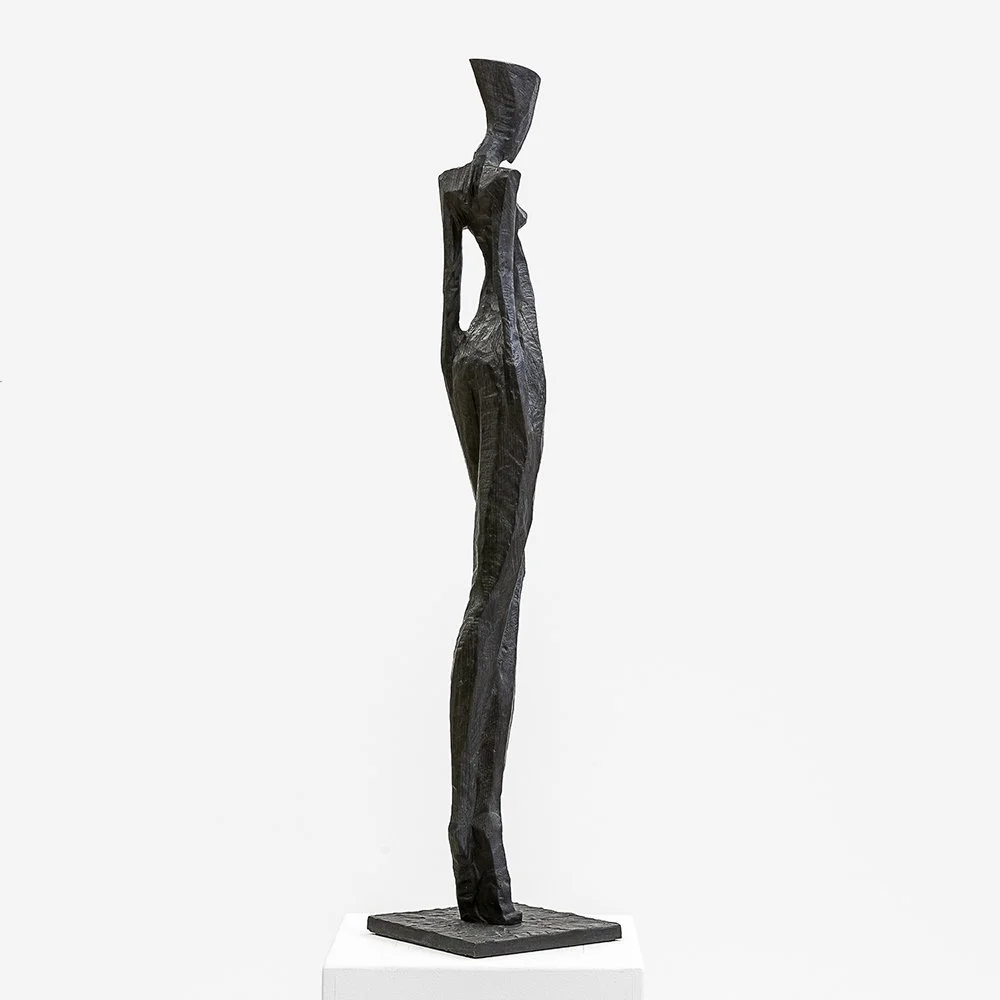 Image 6 of 13
Image 6 of 13

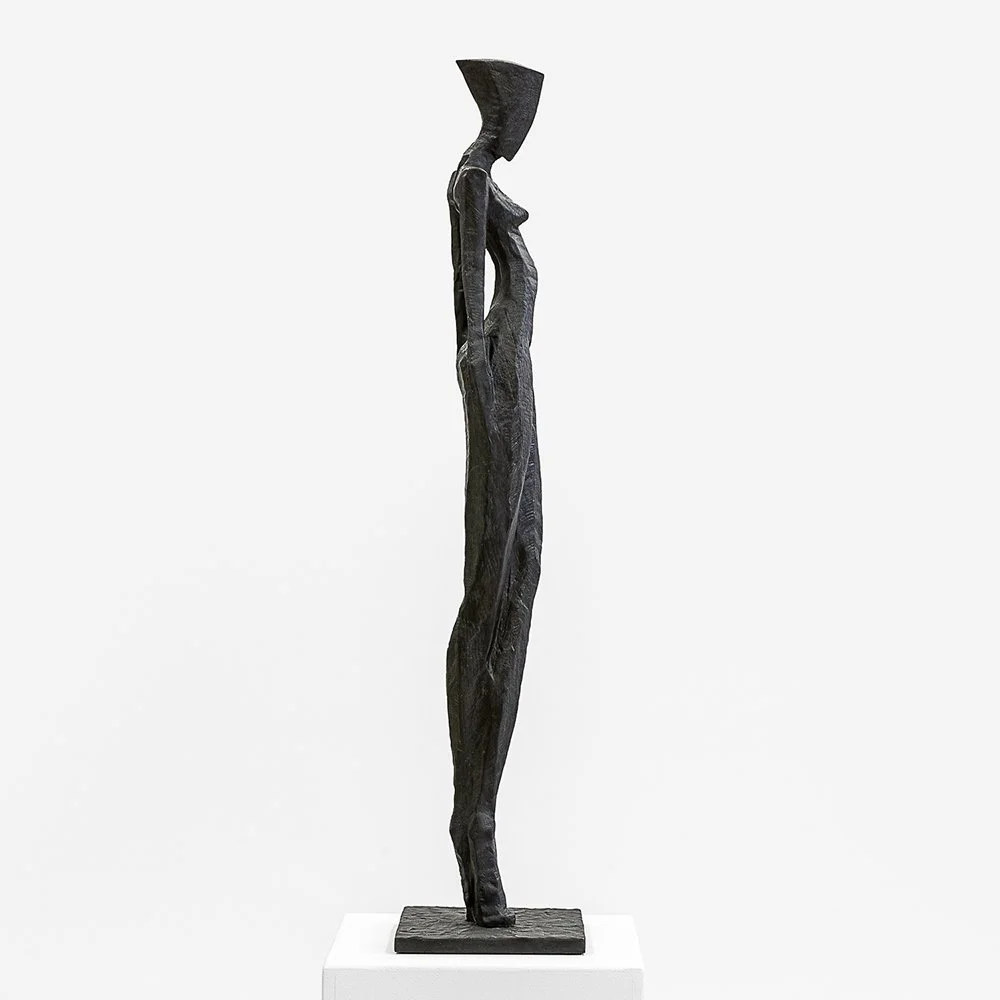 Image 7 of 13
Image 7 of 13

 Image 8 of 13
Image 8 of 13

 Image 9 of 13
Image 9 of 13

 Image 10 of 13
Image 10 of 13

 Image 11 of 13
Image 11 of 13

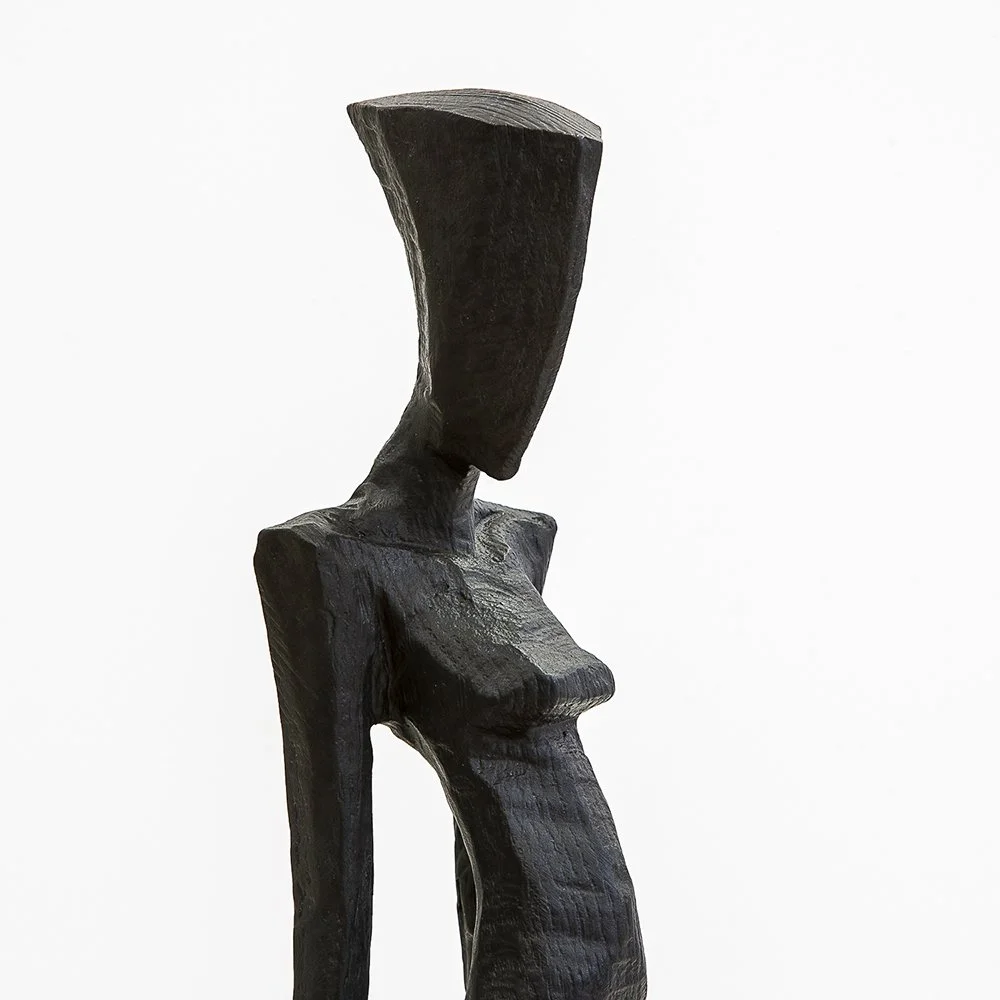 Image 12 of 13
Image 12 of 13

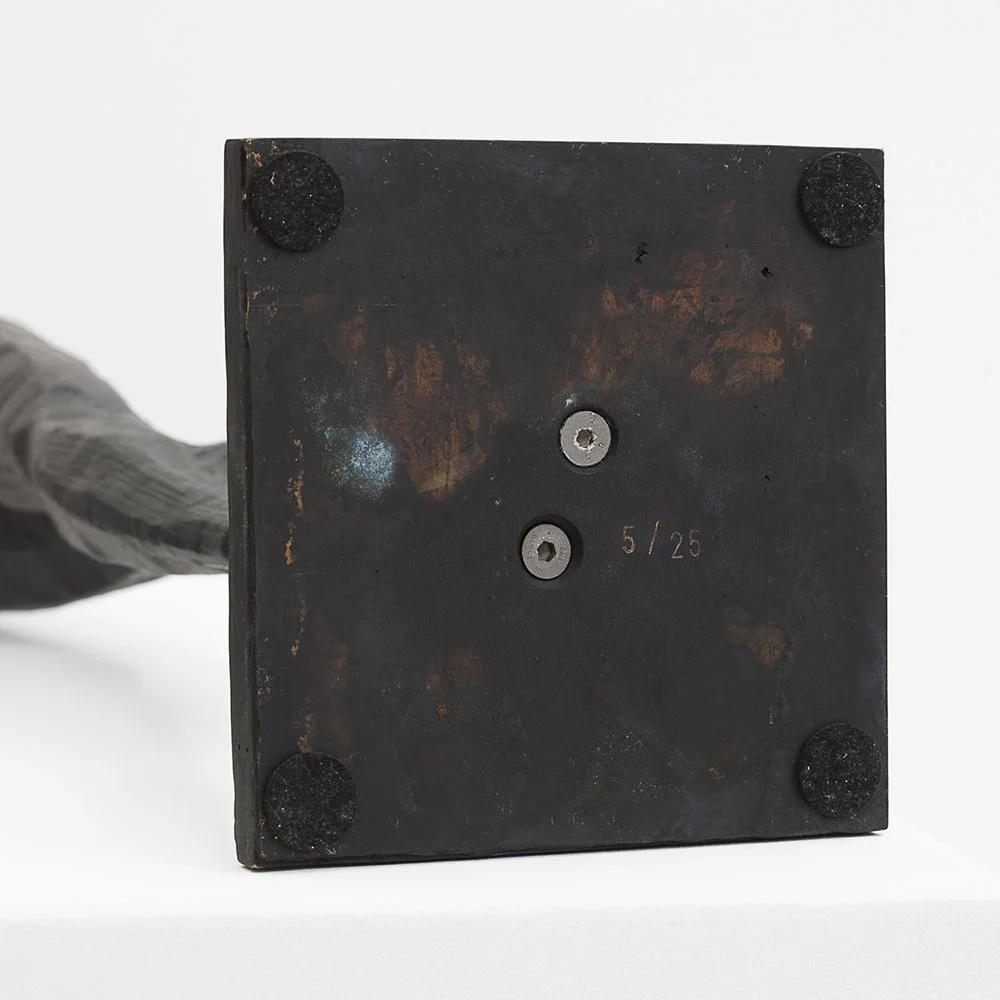 Image 13 of 13
Image 13 of 13














